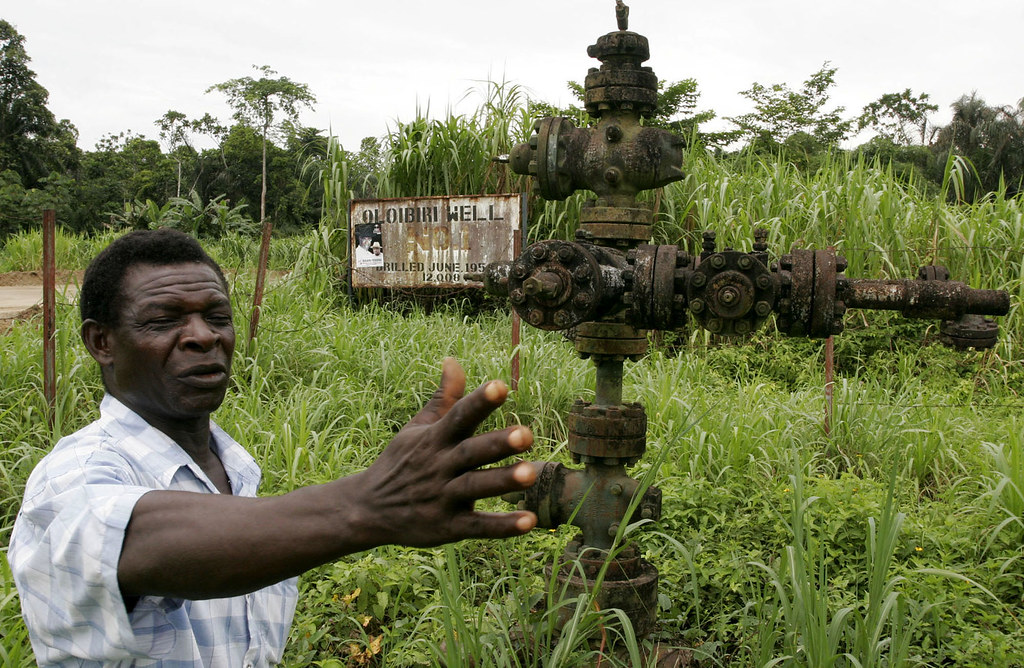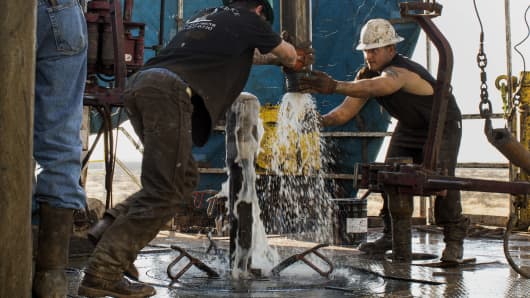
https://www.bloomberg.com/news/articles/2018-02-26/giant-oil-tankers-from-u-s-seen-cutting-time-money-and-traders
-
LOOP deepwater port to simplify export logistics: Braemar ACM
-
Medium-sour crude exports in focus with time and cost savings
Big oil tankers sailing from the U.S. are set to bring along some
benefits for refiners in Asia while allowing them to sidestep traders
serving the world’s top crude-buying region.
The
new option to load oil into very large crude carriers at the U.S. Gulf
Coast terminal operated by the Louisiana Offshore Oil Port, or LOOP,
will reduce costs and waiting time for Asian buyers of American
supplies, according to shipbroking firm Braemar ACM.
It also reduces the need to rely on traders to manage complicated
tanker logistics that sometimes involve multiple smaller vessels
transferring crude into a bigger boat.
The first fully laden supertanker sailed from
America earlier this month, leaving for China from LOOP’s deep-water
facility -- the only one in the U.S. capable of filling some of the
industry’s biggest tankers. In the wake of an end to a four decade-ban
on exports and as OPEC curbed output to clear a glut, a stream of shipments from the Gulf Coast headed east as major buyers such as India and South Korea looked farther for supplies.

The ability to export via the big ships may prove a blow to
traders and their role as middlemen at a time of increasing efficiency
and improved market transparency.
Until now, Asian refiners have mostly purchased U.S. oil that’s sold to
them on a delivered basis by traders, who would source the cargoes,
load them onto smaller vessels and arrange for out-at-sea transfers to
supertankers that can’t enter the shallow berths of most American
terminals.
While
it offers cost and time advantages, “the bigger win for Asian buyers,
however, may be the ability for buyers to cut out the trader’s margin by
using LOOP,” Anoop Singh, an analyst at Braemar ACM, wrote in a
tanker-market report. “This is because most buyers of U.S. crude in Asia
take delivered barrels from traders, which have traditionally been
better at managing” the shipping logistics, he said.
To be sure,
traders are unlikely to lose all their business. Braemar ACM expects
LOOP shipments to average only 1 to 2 VLCCs a month, still leaving
plenty of other opportunities for crude to be exported from smaller
terminals.
Cost savings
Loading about two million
barrels of oil into a VLCC at LOOP could cut about $300,000 in direct
costs -- or 20 cents per barrel -- compared with the current process of
chartering several Aframax vessels to load barrels from inland berths
and ship-to-ship transfers to larger tankers, according to Braemar ACM.
Additionally, loading at the terminal also reduces the timeline to one
day from the four days that’s currently needed.
To sweeten the deal, LOOP is also willing to offer storage space in its tanks
at discounted rates to enable exporters to collate enough volumes to
fill a full VLCC. It has storage capacity of 71 million barrels, nearly
as large as the 78 million barrels at U.S. oil hub in Cushing, Oklahoma,
Singh said in the report.
Based on the shipbroker’s estimates, U.S. exports have
averaged 1.4 million barrels a day this year, rising from 2017 when 1
million barrels a day were shipped from its ports. About nine VLCCs a
month departed during the fourth quarter of last year, with more crude
bound for the east of Suez market. Those large ships were loaded using
supply initially ferried by smaller tankers.
Oil Quality
The supplies exported via LOOP may be focused on crude of so-called medium-sour quality, Singh wrote in the Feb. 23 note. That’s due to direct pipelines linking the most abundant Gulf of Mexico fields such as Mars, Poseidon
and Thunderhorse to LOOP’s storage terminal, bringing in more than
500,000 barrels a day of production. These are different in
characteristics to light-sweet oil from shale fields, supplies from
which have pushed American output to a record.
“LOOP’s pipeline
capacity has limited ability to bring in light-sweet crudes,” Singh
said. “Production of these crudes from Permian, Eagle Ford and Bakken
regions is growing fast. But these grades are primarily being exported
from ports in Texas because of better pipeline connectivity.”
West
Texas Intermediate crude, the U.S. benchmark, traded at $63.54 a barrel
at 5:22 a.m. in New York. Prices are up about 5 percent this year.




















